How Do I Register My Dji Mavic Mini
Drone rules: Do you need to register your drone? Where tin can yous fly it legally in Us, UK and beyond?
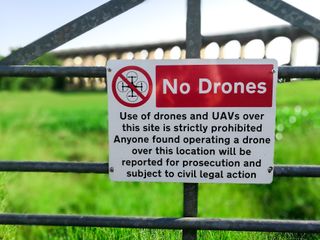
The contempo launch of the DJI Mini two has highlighted the biggest growth surface area in drones: lightweight. The Mavic Mini and Mini 2 are designed to weigh below the 250g (0.55lb) weight across which you'll need official registration in the U.s. and Canada, just that isn't plenty to continue the British cops away.
Innovation always leads to new need for new regulation. Theall-time drones (opens in new tab) certainly marking such a revolution, opening the skies to a broad range of consumers – with a far wider appeal than the older niche hobby that was radio-controlled planes.
There were e'er rules, of grade, but now the world is watching, so regulations have been tightened and formalized in a way which was simply not true when the first drones appeared. Virtually significantly, nearly every drone with a decent camera, or its pilot, or both now needs registration.
It'south also very probable you'll need to pass some kind of exam, even if it is online, to prove you tin can fly a drone safely and legally. Below is our expert guide on what yous tin can and tin't do – and how to stay on the correct side of the law with your quadcopter.
Defining devices
The term "drone" seems to be the one we're stuck with, simply information technology's actually i the early community of hobbyists never really liked. Information technology dates back to early military unpiloted 'target' shipping used for practice, and is associated with unmanned bomb raids in more recent conflicts. Hobbyists tend to prefer "quad," short for quadcopter. That'southward a bit specific for regulators though, who also desire the rules to employ to drones with six or more than propellors, or those shaped like flying wings.
To side-pace this confusion, the lawyers generally stick with the terms Unmanned Aircraft System (UAS), Unmanned Aerial Vehicle (UAV) or Remotely Piloted Shipping Systems (RPAs). About drones also feature a camera, which technically makes it a Surveillance UAS, or sUAS, which matters.
Weight
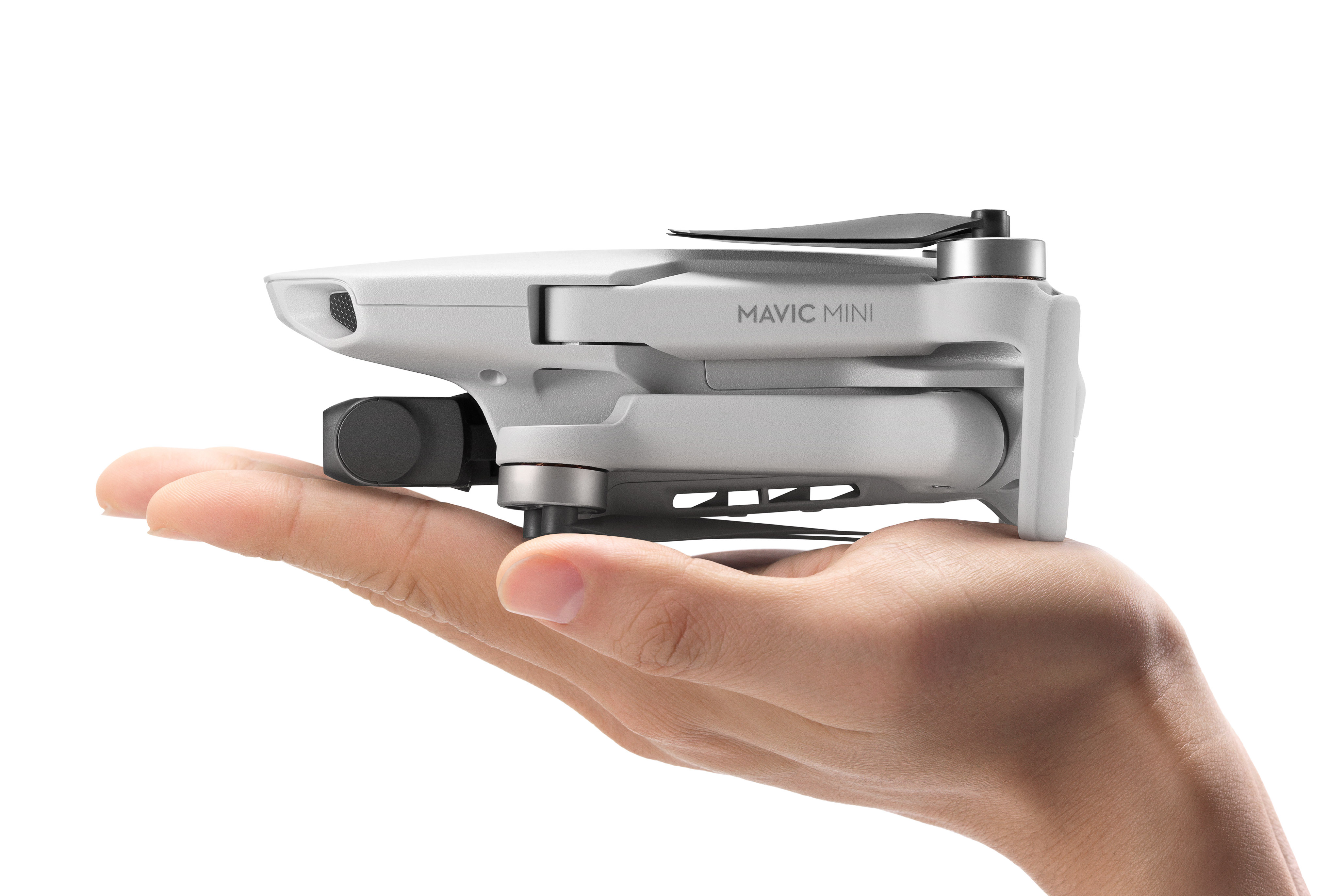
(opens in new tab)
The big go-out from registration was (largely still is) weight. The United kingdom of great britain and northern ireland, United states, Canada and China merely require registration for UAVs which have a accept-off weight (including bombardment) of 250g or more, which is why the DJI Mavic Mini (opens in new tab), and successor Mini ii, were such big news. In the Uk, however, the presence of a camera on even a sub 250g drone means the Ceremonious Aviation Authorisation (CAA) are very clear that it is "not a toy" and then an Operator ID volition still be required.
Uk Flyer ID and Operator ID
The United kingdom Operator ID is a single document, a bit like an insurance certificate (without the insurance), that allows you to register as the legal owner of a drones. It needs renewing for £ix/yr, every year, from the UK Civil Aviation Authority, and you demand to be 18 years old to get one.
The Operator ID is a piece of paper to keep in your purse, only the Flyer ID. The Flyer ID is specific to the UAV in question, and required just on all aircraft over 250g (but encouraged for all aircraft, and free so there isn't a good reason to avoid it). Information technology is the Flyer ID which is accompanied with a knowledge exam (pass mark 75%) and the minimum age is 12 but it is valid for 5 years.
Great britain/EU Cap 2012
The copied the organization it'd been party to developing while nevertheless a member of EASA. Likewise as the ID documents, information technology centers effectually a hazard table in which flights are categorised in terms of low-adventure (Open), medium-risk (Specific) and high-run a risk (Certified). The last two require special paperwork, but 'Open' is divided into A1 (Over people), A2 (Close-to people) and A3 (Far from people).
The rules table restricts you to certain aircraft categories depending on which flight type you're undertaking; A1 needs to be a toy, A2 which is 30m away from people, and A3 which is 150m horizontally. Drone classes (C0-C4) volition emerge with new launches in the next 2 years or and so, and will be compulsory in 2023. For now, no drones have earned a class. They volition exist earned at product launch, like a safety certificate, merely until then all drones are being called 'legacy drones.'
There are some curious anomalies, for instance a legacy drone is express to 2Kg in A2, while a certified C2 can be up to 4Kg in the A2 space. That ways an Inspire 2 is stuck out in A3 without specific potency. And so, besides, is any legacy drone over 250g unless you pay for and sit down an A2 Certificate of Competence (CofC) theory course which will become you lot reprieve until 31st December 2022 before y'all'll need a new drone to option up that class marking.
USA
The country of the free has broadly adopted a straightforward approach to drone rules but are now moving toward a similar product approval approach. UAVs in the U.s.a. will exist required to fit ADS-B, a device which broadcasts the drone's location to nearby shipping and preclude the shipping from taking off if this system is unavailable. Somewhat unfairly given the frail balance of drone blueprint, the FAA are also requiring ADS-B to be retrofitted to older drones too and – more unreasonably likewise – oasis't provided a lot of detail about how this might be done, yet, manufacturers have xviii months to implement the technology, and pilots another 12 months afterward that to comply. Oddly, for quite different reasons, pilots in the UK and USA are being compelled to purchase new equipment in the next 2 years but to proceed up with regulations (though at least in the USA a Mavic Mini ii is excused thanks to its weight).
While UK and Europe have also washed away with the stardom between commercial and hobby use, in the USA a 'Part 107' is needed if you're commercializing your content in any way whatever (even earning a couple of cents YouTube royalty). You lot can find courses and practice tests online at companies like https://remotepilot101.com/ (opens in new tab). If y'all have a Part 107, it'due south possible to fly at night and over people without prior blessing in certain circumstances explained below.
Canada
Recreational flight in Canada requires the pilot to laissez passer a 'Small Basic Exam', for which the pilot must be over 14 years to take, or face a $1,000 fine. This volition allow you to carry 'basic operations' (flying at least 30m from bystanders, iii nautical miles from an airport or i from a heliport and in uncontrolled airspace). You too need to mark tyour drone with a registration number from Transport Canada and, should you want to undertake 'avant-garde operations' you will demand to be over 16 and laissez passer a 'Small Advanced Examination' with professional review. Canada Government Site.
Carry your document!
Information technology should go without maxim, but the certificates we discuss hither, once obtained, must be kept with you lot when you lot're out flying. It's besides very sensible to conduct a pre-flight checklist. A unproblematic listing of things to exercise, similar set the automatic return to dwelling house top above the height of nearby structures, will impress anyone from an aviation authority ultimately will just desire to know if y'all intend to human action safely or not. Security agencies can also review your paperwork on request, of course.
Drone rules around the globe
| USA | United kingdom | Canada | |
|---|---|---|---|
| Range | VLoS | 500m / 0.31 miles (and visual) | VLoS |
| Ceiling | 120m / 400ft | 120m / 400ft | 120m/400ft |
| Bystander distance | Not specific | Over - 150m (Depends on weight) | 30m |
| Registration weight | 250g-25Kg | 250g-20Kg | 250g-25Kg |
| Registration fee | $v / 3 years | £ix / year | $5 |
| Registration site | FAA Drone Zone | Civil Aviation Authority | Transport Canada |
U.s.a. registration site: FAA Drone Zone (opens in new tab)
UK registration site: Civil Aviation Dominance (opens in new tab)
Canada registration site: Transport Canada (opens in new tab)
Ceiling
In all the jurisdictions here – and indeed almost – drones are restricted to flying to a maximum acme of 120m/400ft AGL (Higher up Basis Level). That means nigh the height of the ground directly beneath the drone (non including buildings). For the most part this stays out of the way of civil aviation, which tends to operate at 500ft or in a higher place except when landing.
Y'all must always be mindful, however, of helicopters entering the area you lot're operating in, and country every bit quickly equally possible. Some drones can technically fly much college – into the thousands of feet – but this is illegal and very dangerous; wind at these altitudes could easily whip your drone away from y'all.
Range & Visual Line of Sight (VLoS)
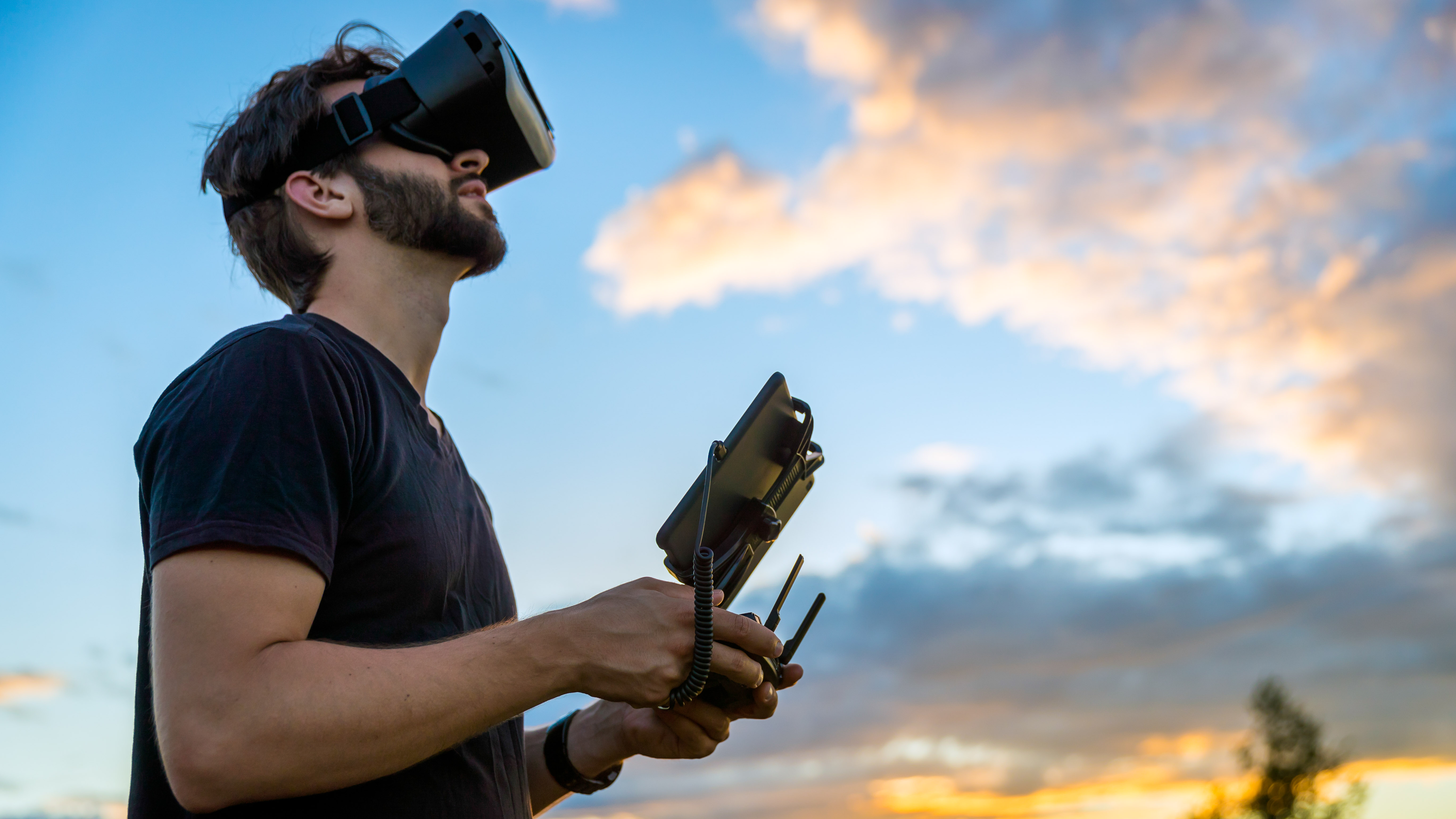
1 of the biggest selling points of a drone is the distance the drone can fly from you, with the likes of DJI and Parrot talking about 4,000m (2.5 miles) and in some cases eight,000m (5 miles) transmission distances.
In most countries these distances are a moot point. In the Uk, and much of Europe, the limit for distance from the pilot to the drone is 500m (550 yards), and the airplane pilot must accept Visual Line of Sight (VLoS), meaning they must have an unobstructed view of the aircraft from where they're standing (and must actually exist able to see it – non just the general surface area of airspace). What you lot tin come across on the LCD monitor is non considered good enough.
In the United states, VLoS is a requirement, merely there isn't a specific distance limit. In both cases, though, VLoS is considered to be less for a smaller aircraft which can't physically exist seen at that distance. It's worth bearing in mind that radio waves – the control signals – also travel in straight lines, so this regulation volition help ensure you don't lose your drone.
Keeping your distance

In the Uk, you must proceed your drone at least 50m horizontally from 'uninvolved persons' unless it falls within A1 (sub 250g) category in which case you tin fly over people (merely non crowds), even in residential, commercial, industrial and recreational areas. Bigger or older drones confront farther restrictions, then bank check the CAA table.
Rules in the The states are similar if a lilliputian more straightforwardly worded – you're not immune to wing over groups of people, stadiums, sports events, or near emergency response efforts. It should probably become without saying, but you're too meant to exist sober! Dig a footling deeper, though, and y'all'll find inconsistent regulation between FAA rules on drones and model aircraft.
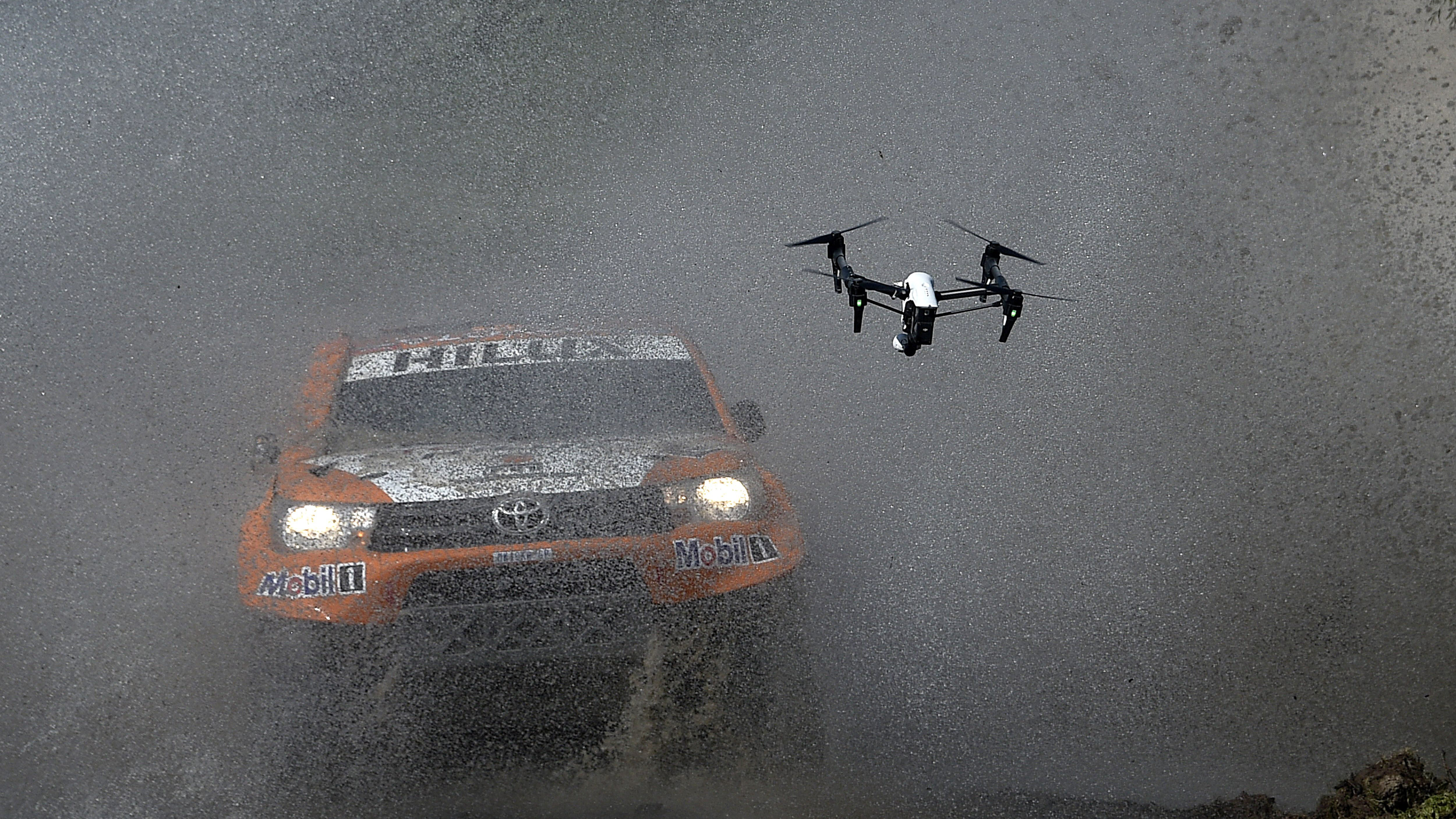
Controlled airspace & airports
Airports are considered no-fly zones for UAVs for obvious reasons. In the UK an 'Aerodrome Traffic Zone" is a radius of ii.v nautical miles from the heart of the longest runway, with an additional rectangular protection zone 1km wide and 5km from each tip of the rails. For a single-runway drome the resulting no-fly zone looks similar a scrap like the London Cloak-and-dagger logo.
In the United states y'all simply need to exist v miles from the drome, while in Canada the distance is three nautical miles (5.6km).
The easiest way to discover out if you're too near an airport is to use one of the online tools. In the U.k. the excellent Drone Assist app past the National Air Traffic Service (NATS) is available on iOS (opens in new tab) and Android (opens in new tab). This also shows live notifications – called NOTAMS – of temporary restrictions for events similar an air testify.
In the USA, at that place are similar services includingAirMap (opens in new tab) and the much improvedB4UFly (opens in new tab) from the FAA itself but developed with Kittyhawk, for iOS, Android or every bit a spider web visit (opens in new tab).
It's worth remembering that many drone manufacturers use their GPS systems to geofence sensitive locations like airports, but they exercise not necessarily use the correct legal distances. DJI provide ani (opens in new tab) nteractive map (opens in new tab) which indicates their geofencing, and is a great manner to check for airspace issues whatever make you use.
In the USA, new rules volition come into forcefulness in March 2021 which will prevent a drone hovering over a public route (except to pass over it) or public assembly unless the member of the public assembly is sheltered with 'reasonable protection from a falling' sUAV.
Dark Flying
In the UK flight should be in the hours of 'daylight' (from 30 minutes before sunrise to 30 minutes afterwards official dusk). Night-flight requires CAA blessing. In the USA this used to be true, but when the FAA new rules go into force at the end of February 2021 they permit dark flying only of drones fitted with Remote ID (ADS-B), or at certain FAA-recognised locations (which weren't specified in the proclamation of the rule). The FAA sees this as a mode of making information technology easier for a growing market sector.
The states No-wing Zones
Y'all might think the much physically bigger Us would offering more space, simply in practise there are plenty of restrictions:
• National Parks
• Military bases
• Within 15 miles of the White House
• Camp David
• Marine Protection Areas
• Sports arenas
• Wild animals refuges (the minimum flight peak over these is 2,000ft, well to a higher place the max height for UAVs.
• Prisons
• Most, just non all, Land Parks
Y'all should besides remember that the USA sometimes acts similar 50 different countries when it comes to legal matters.
Uk No-Fly Zones
It won't be a surprise to know you're not allowed to fly over prisons, simply that's only the commencement of a very long list of places which take banned drones. These include:
• All London Royal Parks
• Power Stations
• Armed forces bases
• Numerous councils, including Chelsea, Lewisham, Dagenham, Barking – look for bylaws which should exist posted.
You tin go permission from the CAA on a case-by-case footing, an indeed from airports, if y'all encounter the requirements.
Canada No-fly Zones
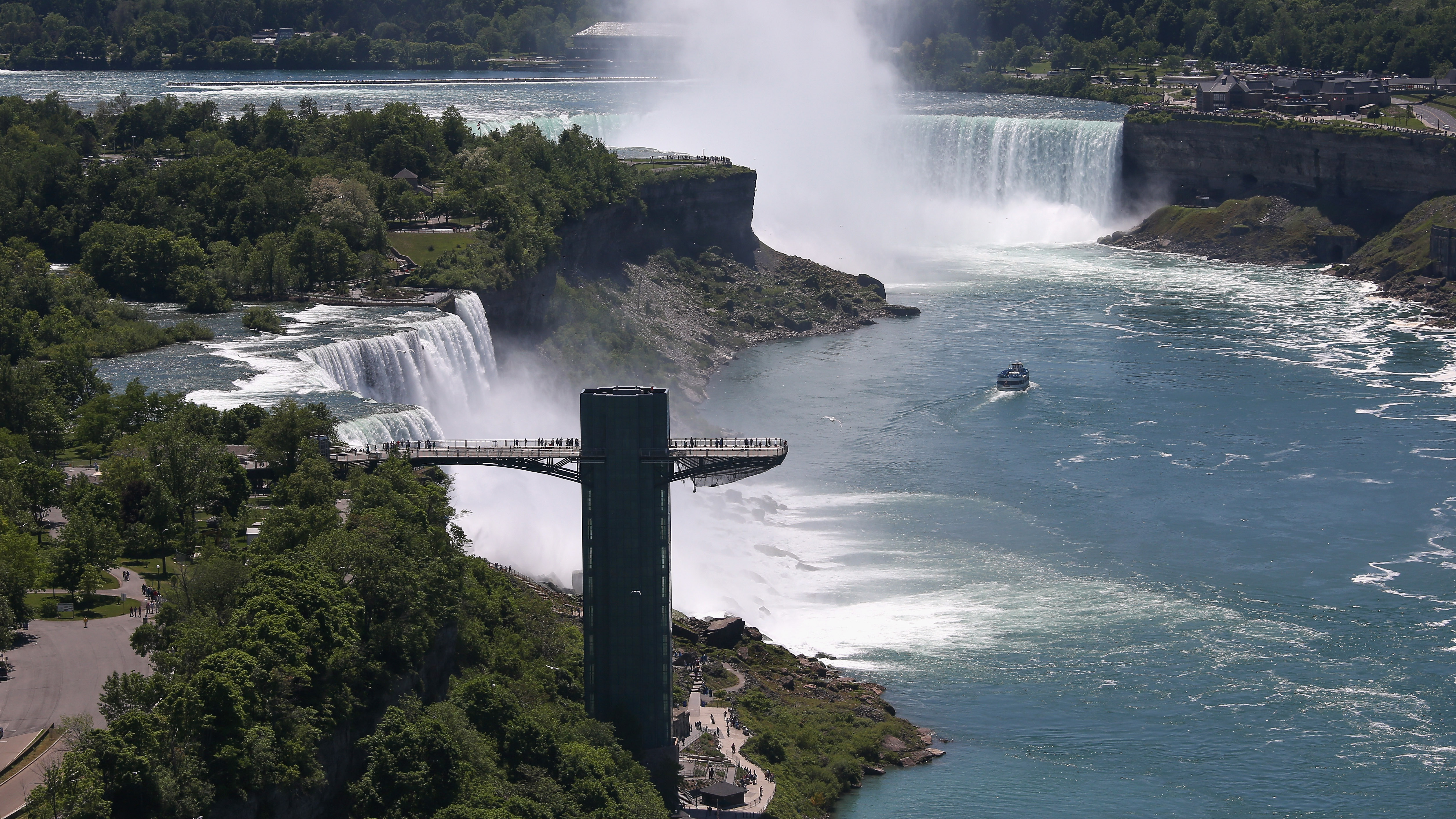
Just like its neighbour to the south, Canada bans:
• National Parks
• Military bases
• Emergency operations (disaster relief or active policing)
• Advertised events (concerts, sports)
• Crossing borders
Country owners
At some point in your flight, you're going to need to accept off and land. That means you lot're going to demand the permission of the person who'southward land yous'll be doing that from (since the chimera discussed above very much includes the basis when the drone is on or near it).
Plenty of NGOs own large tracts of UK country and are not drone-friendly, like the National Trust, which has opted for a "strict policy."
When you see videos online that seem to contravene the rules we've seen, either the users had permission or were breaking them. If it'south the latter, they've just posted a time-stamped piece of prove!
Commercial use
In the UK and Europe the confusing and largely unnecessary distinction between hobby and commercial utilise has been retired, simply if you autumn under the jurisdiction of the FAA it's very easy to notice that yous've get a commercial operator. Shoot a video for someone else'due south Instagram or YouTube and, especially if they're promoting services, you're finer providing a service to a commercial client (even if you didn't charge them).
You lot tin findUSA'southward FAA definition (opens in new tab) here; crucially commercial use comes with boosted regulatory requirements, but the qualifications required can also yield certain advantages when comes time to distance limits and the use of controlled airspace. In the US it's called Role 107. (The old UK Permission For Commercial Performance, or PfCO, can exist renewed if already held, but aspiring new pilots will have to wait for the A2 CofC instead, and possibly the Operational Authorisation which is the test for riskier operations.
Just exist sensible
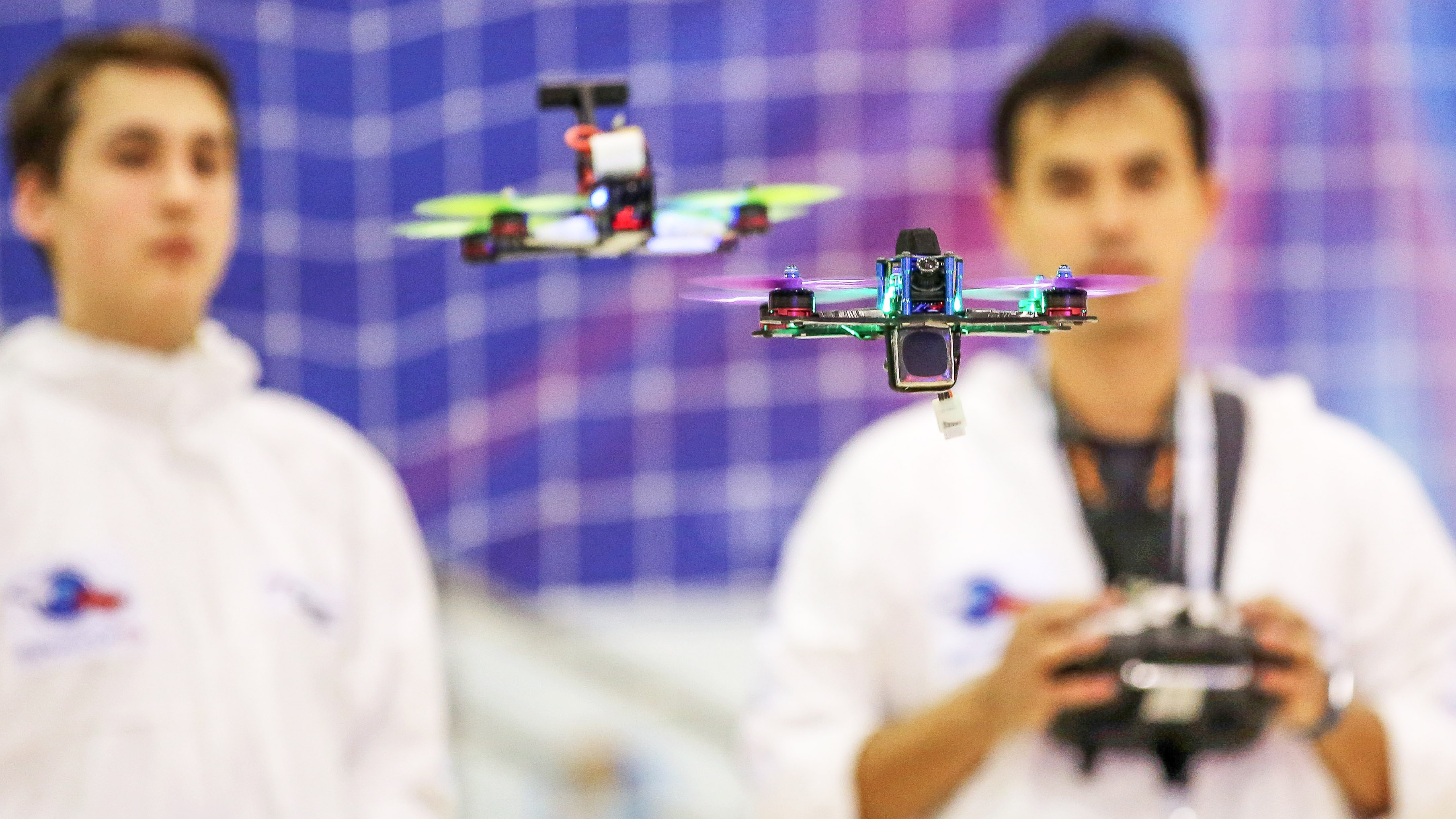
The regulations tin sound pretty burdensome, but remember to take a friendly approach when challenged and – if you're operating an aircraft over 250g – deport with y'all the certification documents and brand sure you lot've stuck your Flyer ID or pilot number on the drone (information technology's OK to use the battery compartment if yous don't want it to spoil the appearance).
Airspace is for everyone unless one of the restrictions applies, but police are entitled to ask for evidence of your registration and, where appropriate, qualifications. In some cases you might also want to be able to demonstrate a correct to wing (in the same way some photographers carry notes on the 'correct to photograph' to assistance them make their case if challenged). More importantly, though, if such a discussion is looming make sure you land before conducting it.
If yous're taking your drone away, y'all'll need to register with the aviation potency for the country y'all're visiting if it is allowed, or follow relevant rules, which volition likely likewise mean speaking and reading in the local language. Following Brexit, the British flying documents have no validity in Europe even though the rules are essentially the same.
Read more
Best camera drones (opens in new tab)
All-time drones for kids (opens in new tab)
All-time DJI drones (opens in new tab) in 2021
Best drones for beginners (opens in new tab) in 2021
Best drone accessories (opens in new tab): essentials for your DJI drone and other quadcopters

Thank you for reading 5 manufactures this month* Bring together now for unlimited access
Savor your start calendar month for just £1 / $1 / €1
*Read v free articles per calendar month without a subscription

Join now for unlimited admission
Endeavour first month for just £i / $1 / €1
Related articles
How Do I Register My Dji Mavic Mini,
Source: https://www.digitalcameraworld.com/features/drone-rules-do-you-need-to-register-your-drone-where-can-you-fly-it-legally-in-uk-usa-and-beyond
Posted by: burgindesper.blogspot.com


0 Response to "How Do I Register My Dji Mavic Mini"
Post a Comment